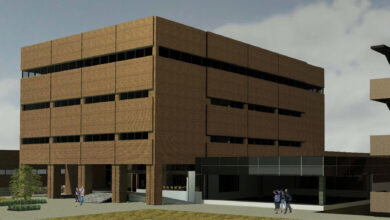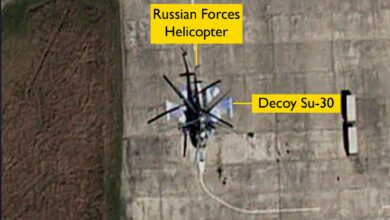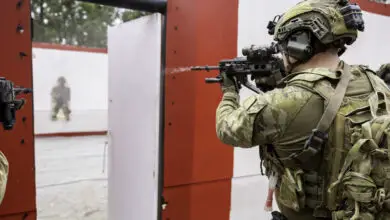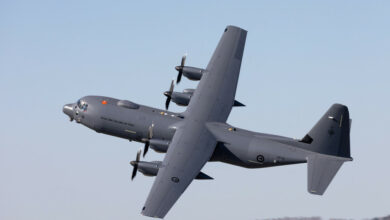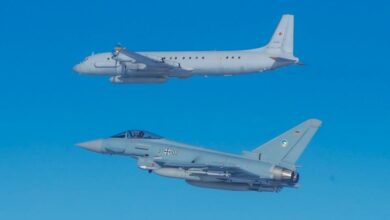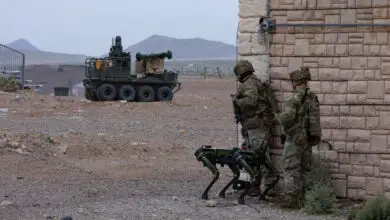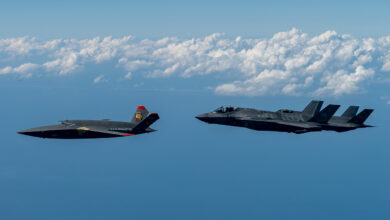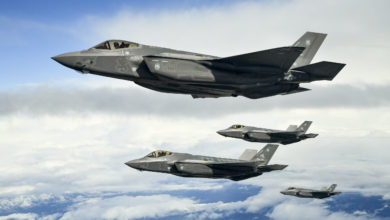The US Air Force has selected three F-16 Fighting Falcon fighter jets for the agency’s autonomous flight testing program.
The Viper Experimentation and Next-Gen Operations Model – Autonomy Flying Testbed (VENOM-AFT) initiative seeks to advance autonomy software capabilities between manned and unmanned aerial assets.
The aircraft, received by the air force’s 96th Test Wing and 53rd Wing, will be modified into test platforms to assist in autonomous research across the service.
They will support related artificial intelligence and autonomy experimentation at the Eglin Air Force Base proving ground in Florida to coordinate information for the Pentagon’s broader Collaborative Combat Aircraft program and partner autonomy developers.
Sustaining Efficiency
In parallel with present F-16 and F-15 aircraft testing efforts, the VENOM-AFT will incorporate developmental and operational evaluations managed by the 85th Test and Evaluation Squadron (TES) and the 40th Flight Test Squadron.
The approach will permit test teams to work on the program at a single site, maintain daily collaboration, and enable more efficient timelines, the air force noted.
“Having both developmental test and operational test pilots working and flying from the same location… reduces the stove piping of knowledge and lessons learned,” VENOM Operational Test Lead Lt. Col. Jeremy Castor said.

Pilot-Assisted Tests
Meanwhile, test sessions will still involve crewed monitoring in the F-16 testbed cockpits to secure the platform’s autonomous functionality, mission systems, and flight operability.
“It’s important to understand the ‘human-in-the-loop’ aspect of this type of testing, meaning that a pilot will be involved in the autonomy in real time and maintain the ability to start and stop specific algorithms,” 85th TES Commander. Lt. Col. Joe Gagnon explained.
“There will never be a time where the VENOM aircraft will solely ‘fly by itself’ without a human component.”
‘Pivotal Chapter’
Data and feedback gathered from corresponding simulation, modeling, and post-flight will be sent to developers for additional improvements to ensure that autonomy solutions perform according to metrics required before and during aerial maneuvers.
The air force said that this information will also be used to gain more knowledge on other potential autonomy and payload capabilities.
“The VENOM program marks a pivotal chapter in the advancement of aerial combat capabilities. This transformative program holds the potential to redefine air combat paradigms by fostering novel autonomous functions for current and future crewed and uncrewed platforms,” VENOM Developmental Test Lead Maj. Ross Elder stated.
“We look forward to the culmination of years of engineering and collaboration, as VENOM leads a measured step towards a new age of aviation.”



